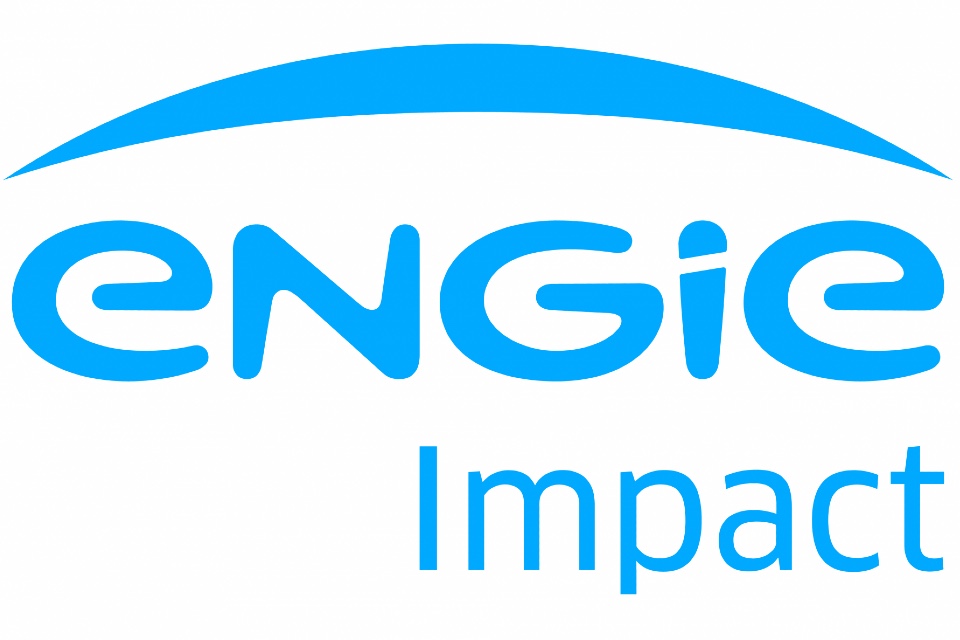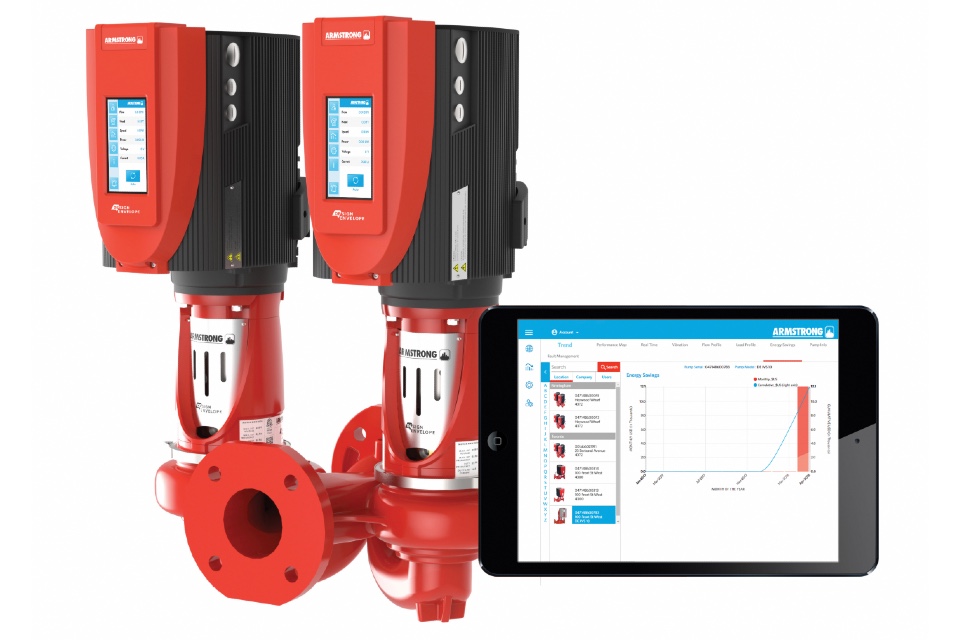Will tech-enabled ESG be a global benchmark?
https://energymanagementsummit.co.uk/wp-content/uploads/2024/01/esg-copernico-p_kICQCOM4s-unsplash.jpg 960 640 Stuart O'Brien Stuart O'Brien https://secure.gravatar.com/avatar/81af0597d5c9bfe2231f1397b411745a?s=96&d=mm&r=gIn the sphere of corporate responsibility, technology becomes the global benchmark for addressing environmental, social, and governance (ESG) challenges. Leading tech companies, responsible for 2-3% of global emissions, are actively addressing climate concerns. Through innovative solutions and heightened efficiency, they not only reduce their environmental impact but also empower customers, emphasising the pivotal role of tech-enabled ESG initiatives in shaping a sustainable future.
That’s according to GlobalData, with Robert Pritchard, Principal Analyst, Enterprise Technology and Services, stating: “Technology is at the heart of business and consumer life. The more tech companies improve their ESG performance, the better for their customers, the environment, and society as a whole.”
With energy costs having risen so much due to factors such as wars and increasing global logistical challenges, the drive for efficiency is driven by economic as well as environmental factors.
Pritchard added: “Tech companies continue to develop solutions to enable their customers to reduce their own emissions. For example, they can route their network traffic to reduce climate impact, or can recycle, reuse, and repurpose last-generation equipment and devices. This reduces strains on scarce resources, and can empower countries and individuals with technology that they otherwise could not access.”
“As we progress into 2024, further ESG challenges will be taken on. Artificial intelligence (AI) requires even more energy to power evolving applications, but at the same time is already being used to optimize electricity use in the latest generations of networks, thus offering net benefits.”
He concluded: “2024 will also see greater concentration on Scope 3 emissions (over which users/customers have no direct control) as they account for 60% to 90% of the total. Leading tech companies are building emissions reporting into their contracts with suppliers, meaning that reducing greenhouse gases will move from being a ‘nice to have’ to an essential requirement of doing business. This will also help to continue to converge ESG reporting with financial reporting, whilst integrating with leading business management software platforms.
“The climate crisis may have lost space in the headlines, but it remains the single most important long-term global challenge. Tech-enabled ESG solutions are making a substantial contribution to tackling that challenge.”












